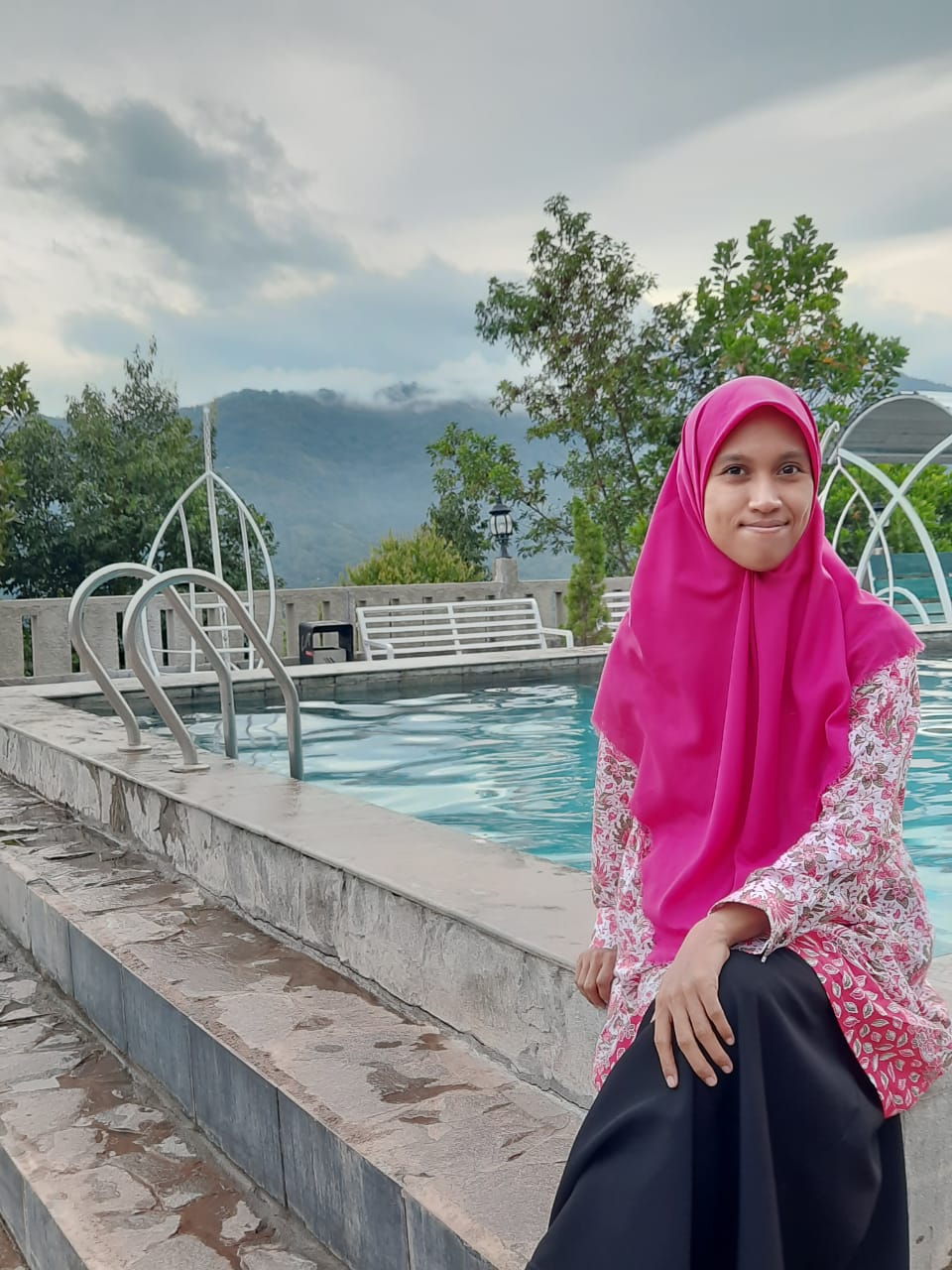An Analysis of Students’ Positive and Negative Politeness Strategies Conducted in Learning Process
DOI:
https://doi.org/10.46870/lets.v5i1.753Abstract
The research is derived from the politeness issue happened during teaching and learning process in the research location. The researcher found out that the students showed lack of awareness on communicating and interacting politely and formally to the teacher. This research aimed to find out the types of politeness strategies of students at SMA Negeri 1 Tinambung in learning process. The researcher applied qualitative research in order to know the students’ politeness strategies. The researcher focused on the students' 12 th-grade science at SMA Negeri 1 Tinambung. The subject of research consisted of 30–35 students from XII MIA 1 and one English teacher. The researcher did classroom observation who used politeness strategies in the classroom. In doing the classroom observation, the researcher took video to record all the activities in the classroom to see the types of politeness strategies based on Brown and Levison’s theory of Politeness Strategies. The researcher found that politeness strategies appeared in the learning process, they were positive politeness strategies. Positive politeness strategies happened to minimize the distance between the teacher and the students.
References
Adel, S. M. R., Davoudi, M., & Ramezanzadeh, A. (2016). A qualitative Study of Politeness Strategies Used by Iranian EFL Learners in a Class Blog. Iranian Journal of Language Teaching Research, 50–51. https://doi.org/10.30466/ijltr.2016.20377
Creswell, J. W. (2014). Research Design: Qualitative, Quantitative, and Mixed Methods Approaches (V. Knight (ed.); 4th ed.). United States of America.
Nugrahanto, A. D., & Hartono, R. (2020). Politeness Strategies in Lecturer-Students Classroom Interaction at the Biology Class Sanata Dharma University. Atlantis Press SARL, 443(Iset 2019), 727–731. http://creativecommons.org/licenses/by-nc/4.0/.
Rahayuningsih, D., Saleh, M., & Fitriati, S. W. (2020). The Realization of Politeness Strategies in EFL Teacher-Students Classroom Interaction. English Education Journal, EEJ 10 (1) (2020) 85-93, 93. http://journal.unnes.ac.id/sju/index.php/eej
Rahmat, N. R. (2020). An Analysis of Students’ Politeness Strategies in ELT Classroom Interaction. Muhammadiyah University of Makassar.
Sequeira, D. A. H. (2018). Introduction to Concepts of Teaching and Learning. SSRN Electronic Journal, 1–4. https://doi.org/10.2139/ssrn.2150166
Singh, B., & Mishra, P. (2017). Process of Teaching and Learning: A Paradigm Shift. International Journal of Education, 7, 37. http://ijoe.vidyapublications.com
Sipayung, A. M., Herman, & Silalahi, D. E. (2019). The Politeness between the Teacher and Students at Grade Ten of SMA Teladan Pematangsiantar. JETAFL (Journal of English Teaching as a Foreign Language), 5, 1–13.
Yule, G. (1996). Pragmatics (H. G. Widdowson (ed.); Seventh im). Oxford University Press
Zaenul, F. (2016). Teacher’s Politeness Strategy in EFL Classroom and the Effects on the Learning Process. Journal Ilmiah Rinjani_Universitas Gunung Rinjani, 4, 1–6.
Downloads
Published
Issue
Section
License
Copyright (c) 2023 Sidratul Muntaha, Uswatunnisa Uswatunnisa, Nihla Afdaliah

This work is licensed under a Creative Commons Attribution-ShareAlike 4.0 International License.












